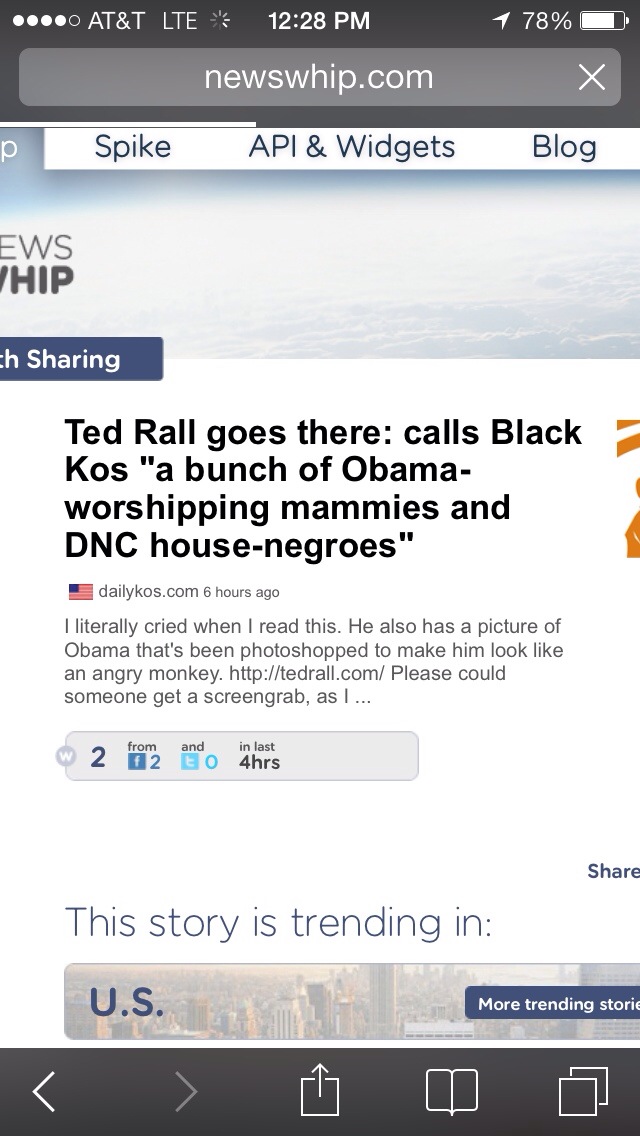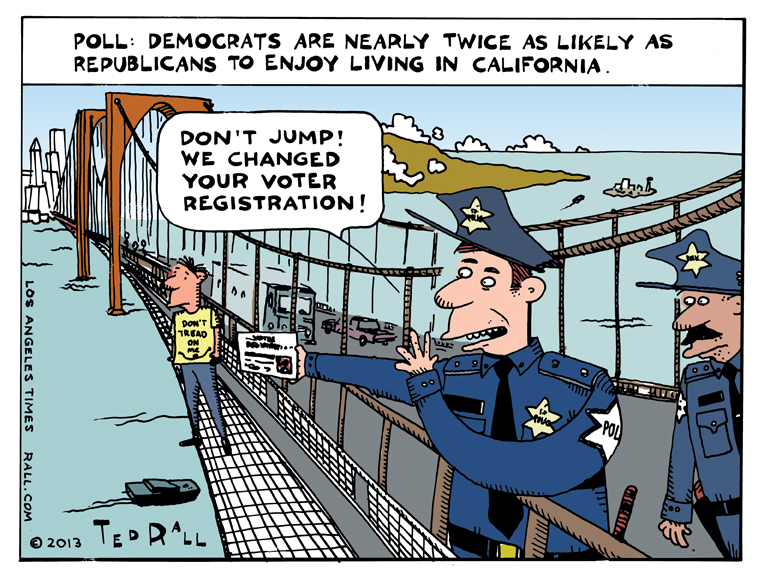Check out this screenshot. Someone at the website-that-cannot-be-named posted this Saturday. I don’t know who posted it. It has since been deleted. Again, I don’t know by whom – the original poster or by the website’s management? But it has left traces all over the Internet. Anyone who searches my name, years from now, might find it. It damages me. It is irresponsible. And needless to say, every single word is untrue.
“I literally cried when I read this,” my ass. You cried over something that you couldn’t have read because no one ever wrote it? Literally?
Things have gone too far. Criticism is one thing, libel is another. The owner of that website has been irresponsible and has encouraged this by his statements and his actions throughout this mess. I had hoped that this whole thing was over, but unless immediate meeting full concrete action is forthcoming, clearly more significant remedies are called for.








